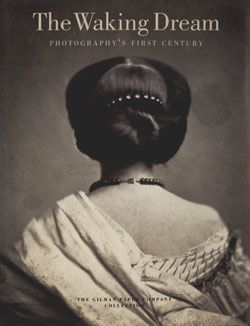[After the Capture of the Taku Forts]
Felice Beato British, born Italy
Not on view
One of the first professional photographers to create an extensive documentation of China and Japan, Felice Beato was also a pioneer war photographer, reporting on scenes of massacre and devastation with a graphic matter-of-factness unknown prior to his images. Having opened a studio in Istanbul with his brother-in-law James Robertson, Beato covered with him the last battles of the Crimean War after the departure of Robert Fenton (see nos. 98 and 99). The two photographers went on to India to document the Indian Mutiny; their photographs made in 1858, after the siege of Lucknow, were perhaps the first to show actual corpses on the battlefield. During the second Opium War in China in 1860, Beato, now on his own, created a memorable indictment of war's senseless slaughter at Fort Taku. War continued to hold a peculiar fascination for Beato throughout his career. After settling in Yokohama, where he completed his major life's work documenting the rural landscapes and traditional Japanese customs and ways of life, Beato went to Korea in 1871 to document an American punitive expedition, and as late as 1885 he covered the colonial war in the Sudan. Beato ended his days as an antiques dealer in Burma.
The capture of the Taku forts of Peking by Anglo-French troops, led by Lord Elgin and Baron Gros, was the decisive battle in a war that was but one episode in the long struggle by the Western nations to open China to trade. The Anglo-French soldiers stormed the forts on August 21, 1860, after an explosion destroyed the powder magazine of the Great North Fort; the Chinese defenders fought to the last man. Beato's photographs, made inside the fort, show the carnage with a brutal directness. Less than two months later he would take probably the only photographs ever made of the interior of the summer palace north of Peking, before it was destroyed by fire, by order of Lord Elgin.
Due to rights restrictions, this image cannot be enlarged, viewed at full screen, or downloaded.
![[After the Capture of the Taku Forts], Felice Beato (British (born Italy), Venice 1832–1909 Luxor), Albumen silver print from glass negative](https://images.metmuseum.org/CRDImages/ph/web-additional/DP137206.jpg)

